
Conservation Tillage Farming: Practices To Protect Soil
There are different types of land cultivation. Today, the use of conservation tillage is becoming more and more active, along with traditional methods. When coupled with the EOSDA Crop Monitoring systems introduction, conservation tillage can be an effective way to conserve soil, generate large yields, and promote agriculture’s sustainability. Let’s take a closer look at the primary purpose of conservation tillage, the main types, and the effect on land quality. We will also look at this method’s advantages and disadvantages from an environmental, economic, and agricultural point of view.
What Is Conservation Tillage?
Conservation tillage cultivates land that uses leftovers from last year’s crops to reduce soil erosion and runoff. These can be stalks of corn or any other crop. Farmers use them to cover fields before and after planting a new crop. At the same time, organic residues on the ground surface account for at least 30% of the planted area’s entire surface.
One of the conservation tillage farming advantages is effective erosion control, especially when compared to chemical technologies. Thus, the system contributes to water conservation in semi-arid and sub-humid regions. That’s why it’s so prevalent in Greenland . Other benefits include maintaining high organic matter levels and economic productivity. There are five different types of conservation tillage that require various kinds of equipment and management strategies.
- prevention of accelerated erosion by reducing anthropogenic impact;
- increasing the ground resistance to destruction by wind and water;
- stimulation of soil restoration;
- increasing the fertility of eroded lands.
Conservation Tillage Benefits And Limitations
Like other tillage technologies, these methods have their advantages and disadvantages. It depends on the crop grown type, the area characteristics, and climatic conditions.
Benefits Of Conservation Tillage
It is no coincidence that this type of land cultivation is popular today. It has a lot of advantages, among which the following can be distinguished:
- increases the soil’s ability to store carbon;
- improves the resistance of the ground top layer to the emission of harmful particles in the air and wind erosion;
- facilitates the moisture penetration into the soil;
- reduces the leaching of nutrients due to the preservation of a large amount of organic matter;
- lowers the moisture evaporation from the ground, which saves the harvest in dry years;
- helps to retain pesticides and other valuable chemicals in the soil;
- requires less land cultivation.
In addition to agricultural benefits, the last point also has environmental and economic advantages. Farmers use conservation tillage to reduce fuel costs and lower air emissions.
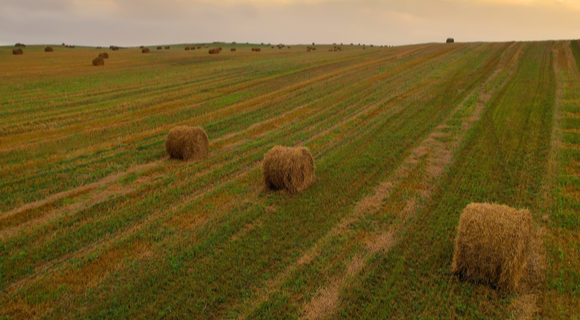
Conservation Tillage Disadvantages
Despite the apparent conservation tillage environmental benefits, these methods also have disadvantages. First of all, they are associated with creating special conditions that are not suitable for all manufacturers. There is also a specific negative impact on the environment. Consider some drawbacks:
- conservation tillage requires expensive equipment or a lot of manual labor if we are talking about small producers;
- unlike traditional methods of weed and pest control, it demands more pesticides and herbicides;
- the first positive results of conservation tillage are visible only in long-run;
- the method contributes to greenhouse gases emission (CH4 and N2O).
The last item on the drawbacks of conservation tillage list is worth dwelling on. Depending on the production type and scale, the emissions of these gases may outweigh the carbon storage benefits. Thus, there is a danger of harming the soil and the environment rather than benefiting.
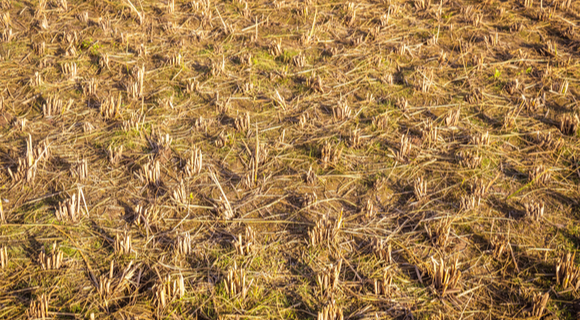
Types Of Conservation Tillage
Soil cultivation’s different depths characterize the method. It can be minimum, strip-, ridge-, mulch-, or zero-tillage. The choice of a conservation tillage system depends on the favorable field environment for particular plants. Essentially, it is about manipulating the soil to optimize crop production. Let’s consider each’s features.
No-Till (Zero-Till)
Among all methods of conservation tillage, this one minimally disrupts the topsoil through single-pass seeding and fertilization. Farmers make only shallow seedbeds and cover them with mulch from plant residues. Accordingly, the fertilizer quality is of prime importance for conserving soil and water. This type of conservation tillage, in particular, is used in northern Tanzania for the processing of wheat and coffee plantations.
Strip-Tillage
This type is also known as zonal tillage. The principle’s essence is to divide a field into two parts: seedling and soil management. The first is processed mechanically to optimize the ground and microclimate. You shouldn’t process the second one, just treat it with cover crops for conservation tillage systems. Additionally, rows can be made for better water penetration.
Ridge-Till
This kind of conservation tillage planting is characterized by creating beds with the special equipment’s help; this process is called “scalping.” It is suitable for spring crops, which is why it is gaining popularity in the United States to conserve soybeans and corn. The major problem with conservation tillage is the high cost of technology. Cultivators used for loosening should be heavy and sturdy enough and cost more than $1,500 per row . However, you can rent the equipment if companies in your area provide such a service.
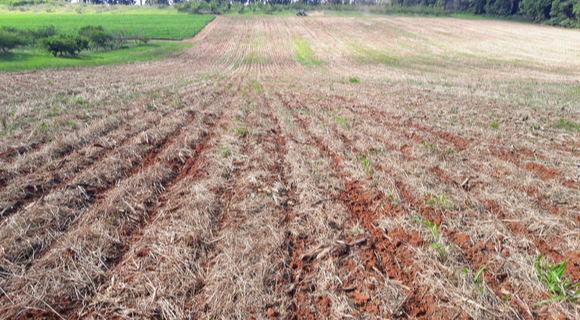
Mulch-Till
Mulching covers the ground with a layer of residues, which are cultivated with cultivators, sweeps, and chisels to mix with the soil partially. In this case, the mulch should cover one-third of the surface at least. The conservation tillage method was developed in the 1930s to combat wind erosion. Such a practice is suitable for large and small farmers alike when growing both annual and perennial crops.
Reduced Or Minimum Tillage
This method of conservation tillage is inherently similar to no-tillage and may differ from region to region. It aims to minimize damage to the topsoil. It includes the use of biological insecticides and fertilizers, mild chemicals, and reduced furrowing.
Fields analytics based on high-resolution satellite images to track all the changes on-the-spot!EOSDA Crop Monitoring
Herbicide Use In Conservation Tillage Systems
An agriculture’s important aspect is weed control, as they can radically damage crops. Using conservation tillage on cropland practically eliminates the destruction of harmful plants by traditional mechanical methods as they can damage the mulch’s top protective layer. In this regard, it is necessary to think over a long-term strategy for weed control, especially at first, while there are many of them.
Reasons For The Use
One of the most effective remedies is the use of herbicides. In this regard, the conservation tillage method is often criticized for its negative impact on the land and the environment. However, it is a controversial question. First, the herbicides’ environmental benefit is that it reduces plowing and thus lower soil erosion. Some are harmless to the environment and do not get into groundwater, being adsorbed by soil particles. Don’t forget that chemical weed control is usually practiced in the early stages, and as they disappear, the number of chemicals used decreases. Small farms in Brazil and Paraguay can be cited as examples. Second, there are economic benefits to using herbicides. Although equipment for conservation tillage costs a lot, herbicides reduce the need for them and require less labor.
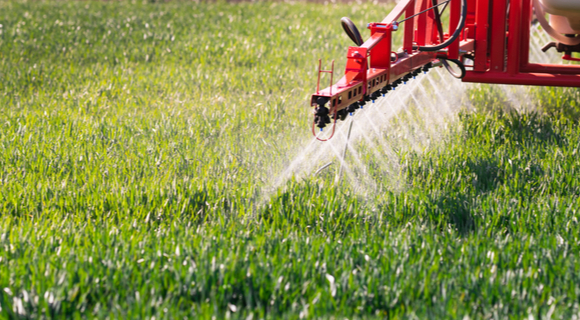
Alternative Ways
Despite the high efficiency of using herbicides in conservation tillage, there are alternative weed control methods. For example, it can be pulling them out during the crop ripening or after harvesting to prevent seed formation. You can also increase the planting density to reduce the area available for growth. Note that a large amount of mulch blocks the sunlight penetration, preventing harmful plants from growing. Another effective control is crop rotation.
A competent strategy implies an integrated approach to weed control. You can actively use herbicides in the early stages of conservation tillage, gradually reducing their volume and transitioning to alternative methods.
Yes, weeds grow intensively with this tillage system, and herbicides fight them more effectively than alternative methods. Non-selective burndowns are used primarily before and after planting to eliminate as many harmful plants as possible. These products have low residual activity, so you can produce the crops you need safely once applied.
How Do Conservation Tillage Practices In Agriculture Benefit The Soil?
As noted earlier, this tillage type has several advantages for the soil. Let’s take a closer look at what they are specifically.
How Does Conservation Tillage Reduce Erosion?
The primary damage from erosion is the productive soil layer destruction. As a result, there is a decrease in yield and land value. Conservation tillage reduces erosion, allowing, for example, water not to drain, but seep slowly through the ground. It is achieved through less land cultivation and covering a large area with plant residues. All this protects the territory from the harmful effects of wind, dust, and precipitation on the ground.
How Does Conservation Tillage Affect Compaction?
As we know, such a soil cultivation method improves infiltration. However, in some instances, conservation tillage can lead to the ground’s upper layer compaction. The degree of risk depends on many factors, including weather conditions and the clay presence in the soil.
Compaction threatens any plot of land, but traditional farming methods involve active loosening and digging, which decreases the likelihood of this phenomenon. With conservation tillage, the opposite effect is observed. Consequently, there are unique processing methods that are used within the system, for example, paratilling. It is a deep tillage technique, that is, loosening below the top layer. Another way is to cover crops with deep-rooted plants, such as radishes. In general, the advantages of conservation tillage outweigh the potential risks of compaction.
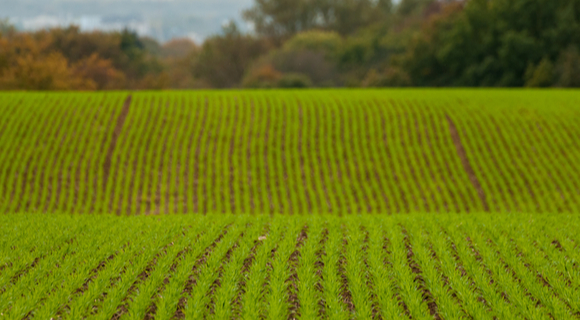
How Does Conservation Tillage Improve Soil Nutrients?
For the prevention of non-point source pollution in agriculture, monitoring of phosphorus and nitrogen losses is used. Research shows that the discussed tillage methods improve the chemical and physical properties of the ground down to an 8 inches depth. Wastewater analysis also showed that forms of conservation tillage reduce phosphorus loss and other nutrients compared to traditional field cultivation. No-tillage gave the best result. Thus, the less you dig and loosen the soil, the more NPK is stored in it.
Conservation tillage systems limit the mixing of nutrients with organic matter. Due to it, the latter accumulates in the upper soil layer. At the same time, the microorganisms’ activity that contributes to the organic residue decomposition does not increase since the soil remains cold, which creates unfavorable conditions for the reproduction of microbes.
How Does Conservation Tillage Maintain Soil Temperature?
A thick protective cover of plant residues utilized in conservation tillage helps to protect the soil from sudden temperature changes. At the same time, the sun’s rays penetrate less into the ground, which is why the soil’s average temperature is lower than in traditional methods. Because of it, such a technique may not be suitable for farming in moderately humid regions. There is a danger of certain crops’ poor root and shoot growth.
How Do Conservation Tillage Practices Lead To Agricultural Sustainability?
This soil cultivation method, unlike, for example, moldboard plowing, preserves the land by preventing its erosion and keeping the properties of the soil, especially the nutrient content. Thus, conservation tillage is sustainable agricultural practice. What’s more, minimal soil disturbance and longer ground conservation reduce labor costs and save energy. It also contributes to the production’s economic viability. By using modern remote crop monitoring solutions, farmers can enhance conservation tillage effects. EOSDA Crop Monitoring deserves special attention among them.
How EOSDA Crop Monitoring Contributes To Sustainability
EOSDA Crop Monitoring is an interactive software for agri-business entities to monitor the state of their fields. In near real-time, farmers can remotely control the agricultural processes, including those entertaining conservation tillage. EOSDA Crop Monitoring uses satellite data to make farming more efficient and sustainable. For example, the application analyzes vegetation indices (NDVI, NDRE, ReCI, MSAVI), soil moisture level, water content in plants (NDMI), ripening stages, etc. The information obtained allows tracking specific events, determining cause-and-effect relationships, and planning actions right in the software. Among other useful applications of EOSDA Crop Monitoring we can highlight the following:
- to track the current weather & get a 14-day forecast;
- to map field productivity and and focus on problem areas;
- to implement variable rate seeding strategies;
- to implement differentiated fertilizer application;
- to import/export the data from/to agricultural machinery;
- to set the scouting tasks remotely using a unique mobile application.
EOSDA Crop Monitoring For Efficient Chemicals Use In Conservation Tillage Systems
As we found out earlier, there are some problems with conservation tillage, such as many weeds and the need to use chemicals. EOSDA Crop Monitoring has VRA maps. It allows farmers to subdivide a field into multiple areas based on vegetation indices. Depending on the growth stage the index maps can signal weeds’ infestation in specific field’s regions as well as identify stagnant areas. Consistent with all of this data, farmers can optimize their use of different chemicals, including fertilizers, herbicides, fungicides, etc., by only applying them in the locations that need them and in the quantities required. Such an approach not only saves resources but also reduces soil and underground water pollution. Moreover, daily remote monitoring of the fields with vegetation and productivity maps contributes to reducing carbon footprint as a result of decreased volumes of utilized fuels by agricultural machinery for regular check-ups.
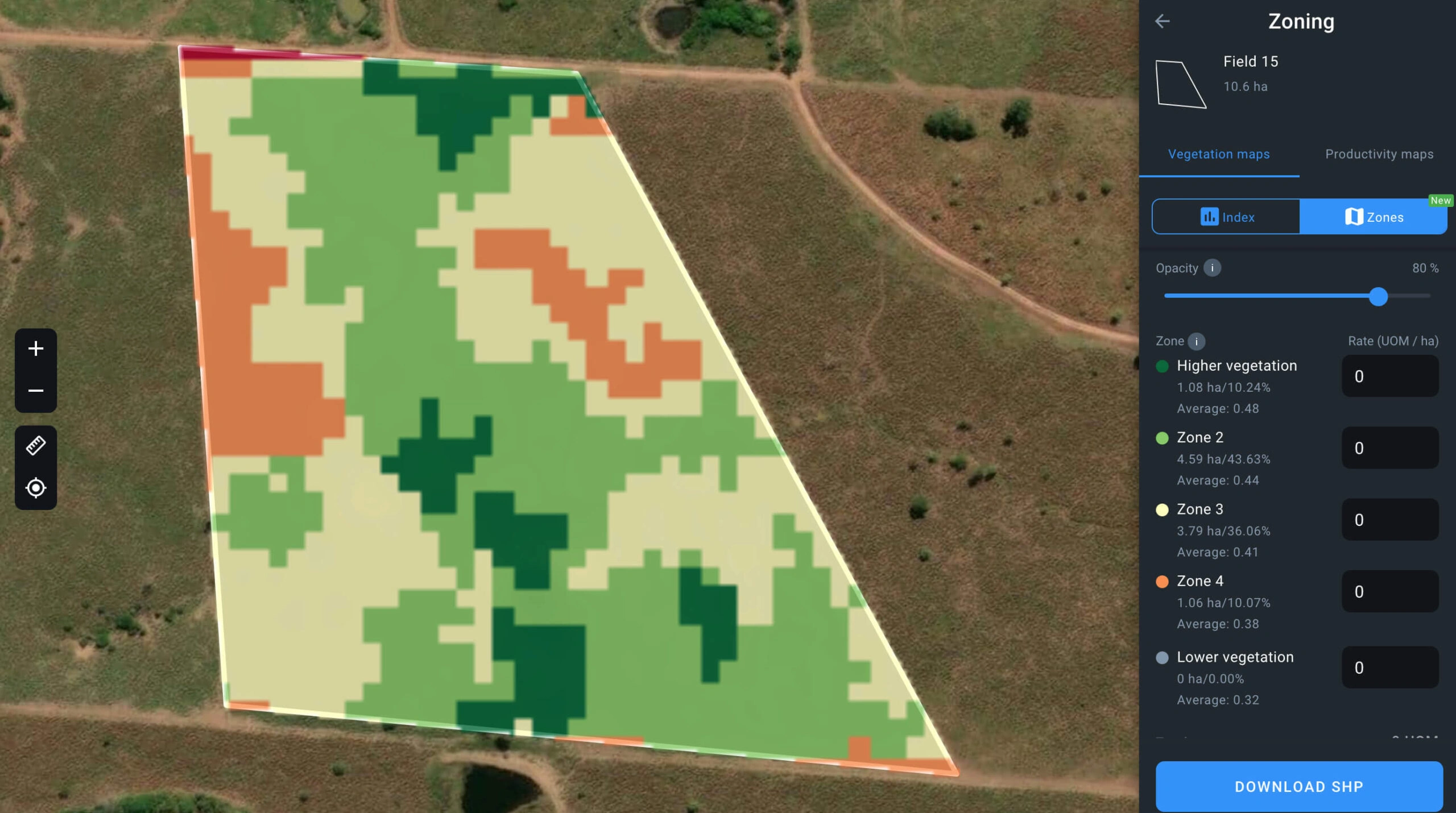
Thus, conservation tillage is an effective way to preserve soil quality and protect it from erosion. While there are certain disadvantages associated with economic costs, potential land compaction, and the harms of herbicide use, with proper planning, types of conservation tillage practices are much more effective than traditional tillage methods in many cases. Moreover, with modern technologies that enable remote EOSDA Crop Monitoring, both large companies and small farmers can achieve high production rates.
About the author:
Vasyl Cherlinka is a Doctor of Biosciences specializing in pedology (soil science), with 30 years of experience in the field. He attended the engineering college in Ukraine and received his degree in agrochemistry, agronomy and soil science in the Chernivtsi National University. Since 2018, Dr. Cherlinka has been advising EOSDA on problems in soil science, agronomy, and agrochemistry.
Recent articles

Analyze 2025 & Plan Your Best Year Yet: LandViewer Christmas Offer
It’s the most wonderful time of the year! The Christmas holidays are here, and so is your chance to analyze 2025 and plan a prosperous 2026 with more affordable Pro plans in LandViewer.

EOSDA Models Climate Change Impact On Sugarcane Yields
EOSDA modeled future temperature, rainfall, and other climate impacts on Veracruz sugarcane. The results help growers plan long-term adaptation strategies, including timing, varieties, and irrigation.

EOSDA LandViewer Black Friday Sale: Exclusive Offers & Giveaway
This Black Friday, LandViewer offers new users the chance to save on monthly plans, get extra months with yearly subscriptions, and participate in a free annual plan giveaway.